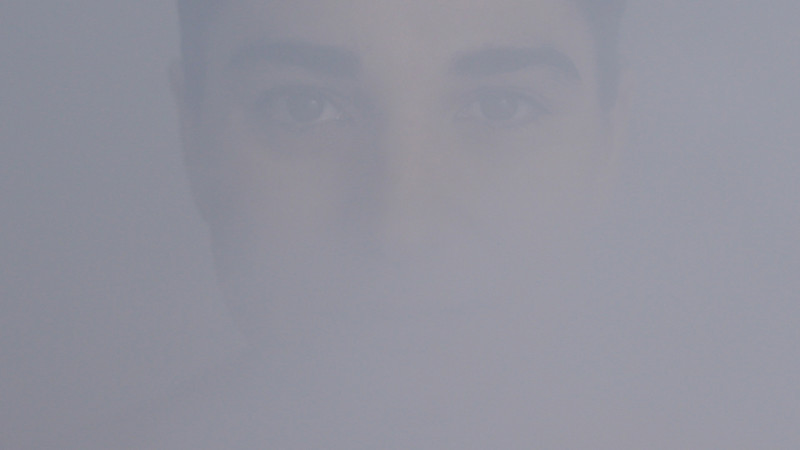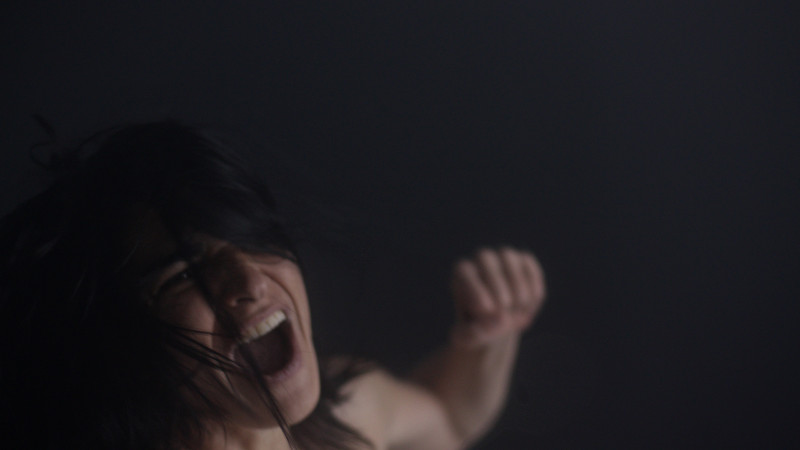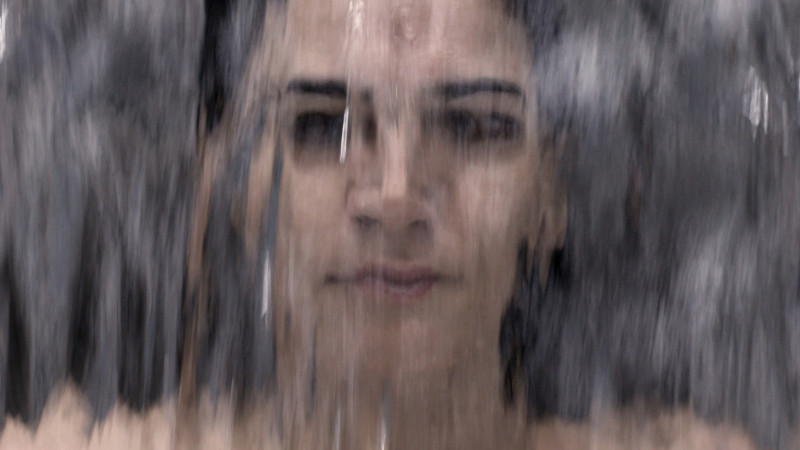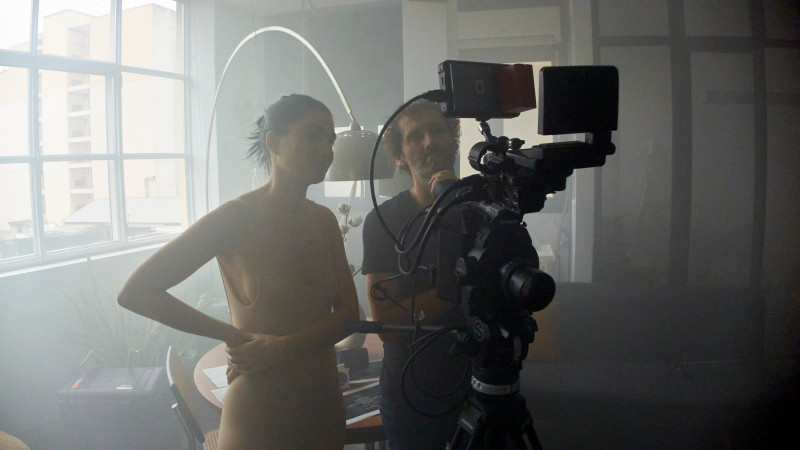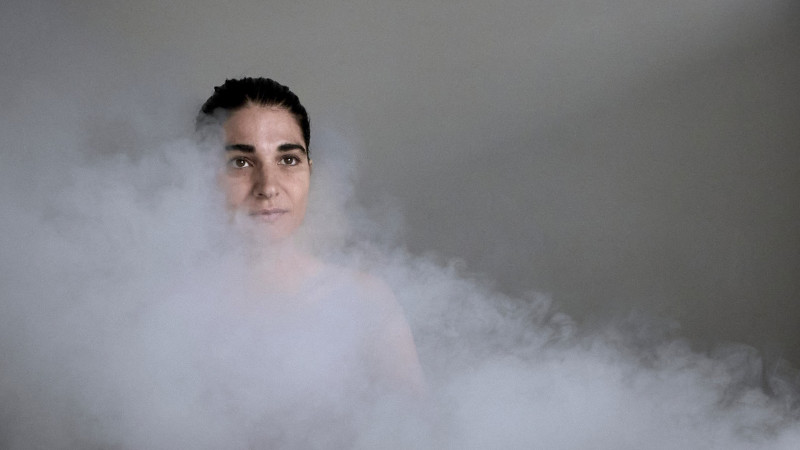Yapci Ramos
Guayec, 2021
The urge to transgress, to stray from normative boundaries of self, law, and society — to ‘allow the emancipation of the subject,’ up to and including self-resistance and the annihilation of ego — are enduring and legitimate human desires, shared by all people of all kinds, in all places, throughout time. – Maggie Nelson
The self-portrait is a fragment, it is the limited representation of a chosen moment and the gesture of acting with a failed desire for totality. Getting rid of oneself and abandoning oneself must be the only way to fulfill this frustrated attempt. Perhaps it is this, forgetting that we have access to air, violating every part of our body, touching the point where our nudity is overexposed and at that moment, scream.
Guayec is the cry that the Tenerife artist Yapci Ramos cries out in the piece presented at Santa Mònica within the
framework of the Flux festival. Guayec or wa-yec is the term with which the Guanche dialect of the island of Tenerife designates the act of "being" oneself. Wa is a panberber relative pronoun = “this” and yeg is the 1st person singular of the verb eg = eh = eŷ (to be): this is me, a phrase that the artist does not need to pronounce at any time
during the 4’04”; exposed in front of the camera.
Yapci Ramos is linked with the past struggles of the Guanche people, with the rapid and corporeal movements that place her in the present moment and with the material inconsistency of natural elements that allow her to intuit the possibility of the future. It is difficult to detect when a strategy of liberation turns into a form of oppression. And here she does. The artist becomes aware of her own body, she frees herself from a fixed temporality,
from a limit that suffocates her.
Western culture has grown looking at the earth and the bodies as if they were not the same thing, it has forced the body to disassociate itself from the elements that give it life. In Guayec, Yapci Ramos merges in a conscious and cyclical way. The first image that appears is his face melted into a sea of clouds, the mist created by the trade winds when the mass of air becomes saturated and the vapor condenses. Her face remains fixed, listening to the sounds of limpets and goat horns, natural materials from the Canarian territory and from the ancestral culture that she protects. Next, the burst of a whistle reproduced by the artist forcibly stops the scene and, like an immediate and violent oxidation, her arms burst onto the screen, consuming themselves in rapid movements that come out of a seemingly tireless body, breathing and screaming, accompanied by an irregular sound produced by the discontinuous rubbing of callaos. Finally, she is exhausted and the extensive sound of a bucio gives way to a deep breath along with which the same initial face reappears, distorted by a cascade of flowing water.
The artist’s gestures and bodily impulses are intuitive, hypnotic and intense, like a kind of ritual catharsis that sets her free. This freedom makes sense if we relate it to the limits of the proposal: self-portrait. Yapci Ramos's liberated impulses explore a space of ambiguity and paradox, turning the frustration of a limit into a prolonged and imperfect freedom.
Essay written by Marina Ribot
